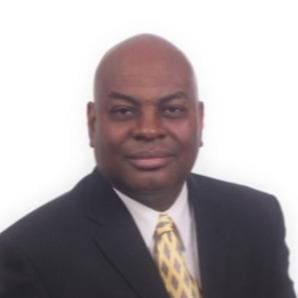The Big History Project
The Big History Project
Have you heard of the Big History Project? No? Well, prepare to be enlightened then. Recently, I was introduced to this project and have since been fascinated with it. For this blog post, I’d like to introduce you all to the Big History Project. Then, once you’ve had a chance to explore it further on your own, I’ll follow up next month with how I see it applying to Ozgene.
So what is the Big History Project? Well, to summarize, it is essentially the story of us (humans). It brings together our past, present and our future; bringing everything together in its increasing complexity. It is multi-disciplinary and began with a desire to go beyond specialized fields of study (like biology, physics, chemistry, religion, etc.) to grasp history as a whole. The current target audience of the Big History Project is high school students, but it is designed for anyone interested in finding the answers to the big questions about the history of the Universe. It is a joint project that brings together teachers, scholars, scientists and others.
Some of the key concepts behind the Big History Project, according to one of the founders, David Christians, are:
- We are the first species in 4 billion years in which information accumulates across generations (with increasing complexity), through the cultural mechanism, not through the genetic mechanism.
- The cultural mechanism, of course, is orders of magnitude faster than the genetic mechanism.
- Environments to control and manage the energy flows they need to survive—biologists call it metabolism—or to constantly adjust—homeostasis—then we know that most living organisms have a limited repertoire.
- When a new species appears, its numbers will increase until it’s using the energy that its particular metabolic repertoire allows it to fill.
- If you think of languages as communicating with a certain level of efficiency, then information theory comes into this.
- There’s rich material in the information theory, and I wouldn’t pretend to understand it in detail.
- You can measure the efficiency of information systems. So much information is conveyed with a certain degree of precision or not.
- I can say four syllables “Pink Elephant,” and suddenly an image will pop into someone’s brain of something that’s never existed and never has.
- Symbolic language allows us to talk about things that are not here. It vastly increases the range of what we can communicate.
- Once you cross that, then you are in new territory.
The Big History Project is currently being taught in 100 high schools across Australia and in over 400 more in the United States. David Christians has also taught the subject in other countries as well. Since 2010, Bill Gates has supported the website for the Big History Project. It is free for everyone. I encourage you to check it out, to think about it and to even begin to apply it. Next month, I’ll divulge into how I have done exactly that using Ozgene and its evolution.
– Frank, CEO –


